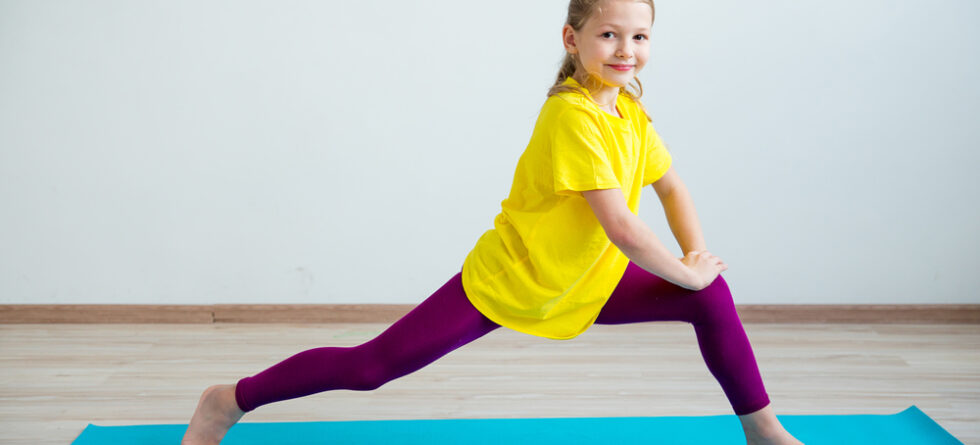When deciding how many times a week your child should participate in gymnastics, it’s crucial to consider several factors, including their age, skill level, commitment to the sport, and overall physical and emotional well-being. Gymnastics can offer numerous benefits for children, such as improved strength, flexibility, coordination, discipline, and confidence. Finding the right balance is crucial to ensure they enjoy the sport and avoid burnout or injury.
Here’s a guideline to help you determine an appropriate training frequency for your child…
Recreational Gymnastics
For children involved in gymnastics for fun, physical activity, or to learn basic skills
- Beginners and Younger Children (Ages 4-6) – Once or twice a week is typically sufficient. Sessions usually last about 45 minutes to an hour, focusing on fundamental skills, safety, and enjoyment.
- Older Children (Ages 7 and up) – Two to three times a week can be beneficial, especially if they show a keen interest in the sport. Each session may last 1 to 1.5 hours, gradually introducing more advanced skills while keeping the focus on fun and physical development.
Competitive Gymnastics
For children who compete or aim to compete in gymnastics
- Pre-Team and Level 1-3 – Three to four times a week, with each session lasting about 1.5 to 2 hours, can provide a solid foundation for developing skills, strength, and discipline required for competition.
- Level 4 and Up – The frequency and duration of training significantly increase at these levels, often requiring 4-6 days a week, with sessions lasting 2-4 hours each. This intense schedule is designed to prepare gymnasts for higher levels of competition, focusing on advanced skills, routines, and physical conditioning.
Considerations for Setting the Right Frequency
- Physical and Emotional Wellbeing – Monitor your child’s physical and emotional response to their training schedule. Signs of fatigue, persistent soreness, stress, or declining interest may indicate the need for adjustments.
- Balance with Other Activities – Ensure your child has enough time for academic responsibilities, other interests, and rest. A well-rounded childhood experience is crucial for their development.
- Communication with Coaches – Engage with your child’s coaches to understand their recommendations based on your child’s progress, goals, and overall well-being. Coaches can provide valuable insights into the appropriate level of commitment and training frequency.
- Long-Term Goals – Consider your child’s long-term interests in gymnastics. If they aspire to reach higher competitive levels, gradually increasing training frequency and intensity will be necessary. For children who enjoy gymnastics as one of many activities, a more moderate approach may be appropriate.
The ideal frequency of gymnastics training for your child depends on a variety of factors, including their age, level of competition, and personal goals. While gymnastics can provide a foundation for physical fitness and personal growth, it’s vital to maintain a balance that supports your child’s overall development and well-being. Regularly re-evaluating their schedule and making adjustments as needed can help ensure that gymnastics remains a positive and enriching part of their life.




